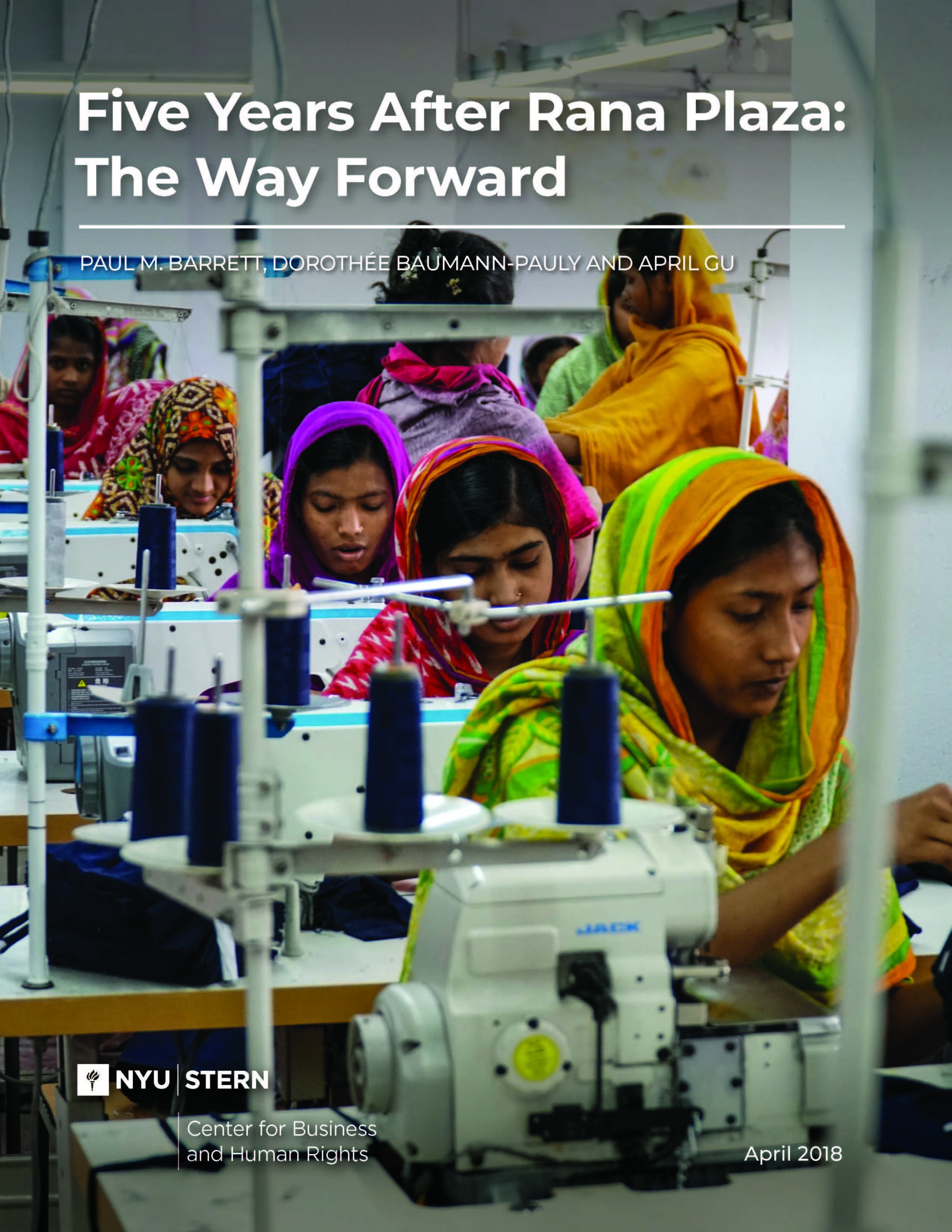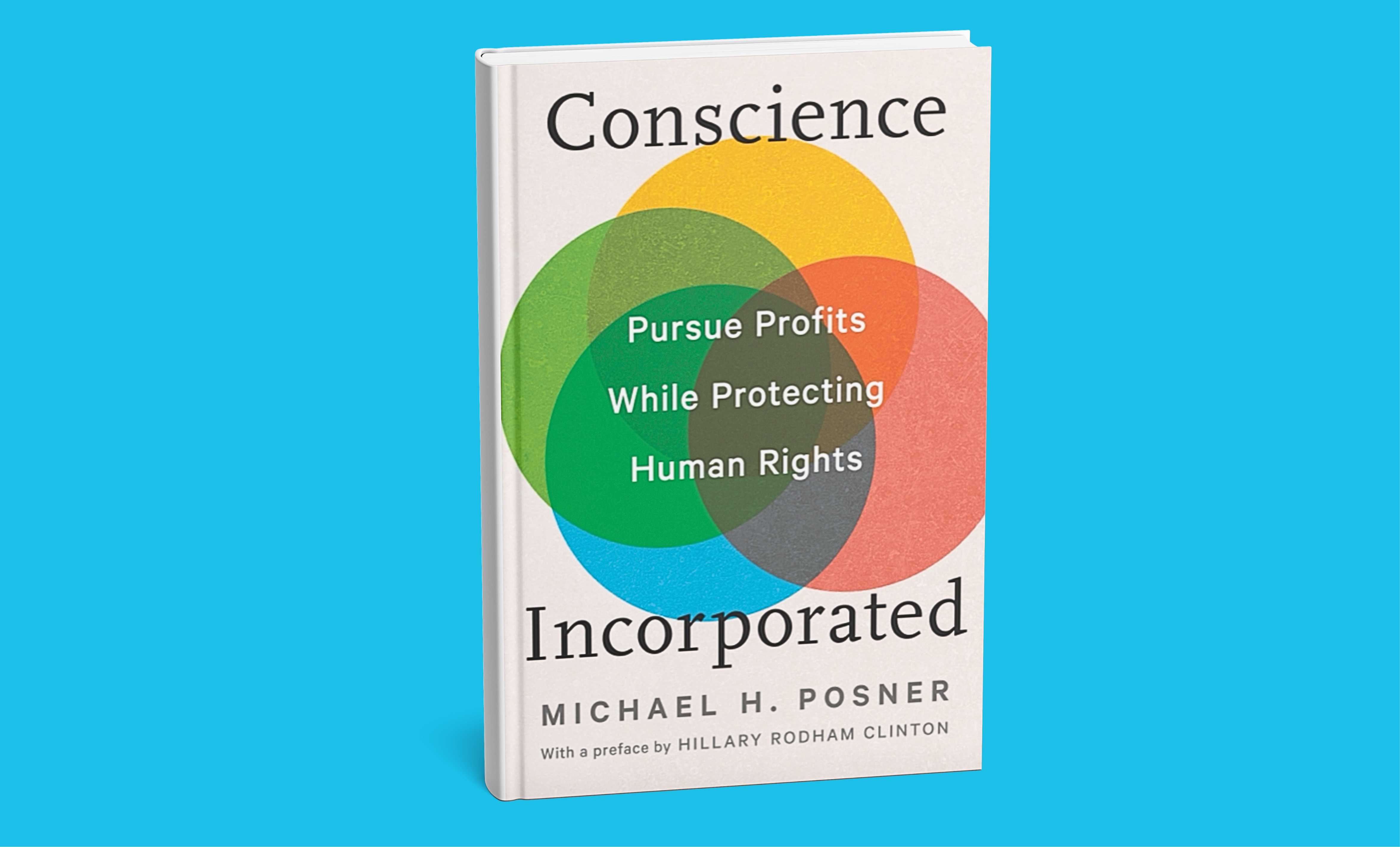Five Years After Rana Plaza: The Way Forward

April 2018
The Center’s report on factory safety in Bangladesh, Five Years After Rana Plaza: The Way Forward, finds that efforts by Western brands and retailers have resulted in safer factories but thousands of additional facilities still require remediation.
Related
See allConscience Incorporated
In his new book Conscience Incorporated, Michael Posner, director of the Center for Business and Human Rights, offers practical strategies and bold reforms to help businesses align profitability with ethical responsibility.
Setting Higher Standards: How Governments Can Regulate Corporate Human Rights Performance
Our report, released three months after the landmark CSDDD entered into force, provides a roadmap for regulators and companies navigating a new era of corporate human rights responsibility.
A Broken Partnership: How Clothing Brands Exploit Suppliers and Harm Workers –And What Can Be Done About It
Ten years after the Rana Plaza factory collapse, a new report from the NYU Stern Center for Business and Human Rights calls for a reformed collaborative approach to the outsourced manufacturing of apparel—one that does not create unfair economic pressure on factory owners, who all too often respond to such exploitation by reducing wages and benefits for their poor employees.

 Global Labor
Global Labor Safeguarding Outsourced Labor
Safeguarding Outsourced Labor
